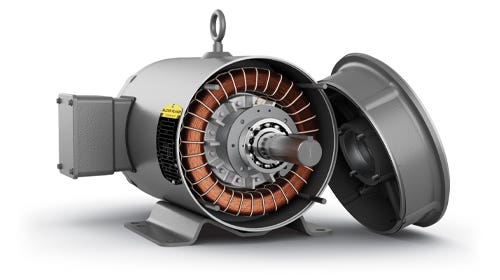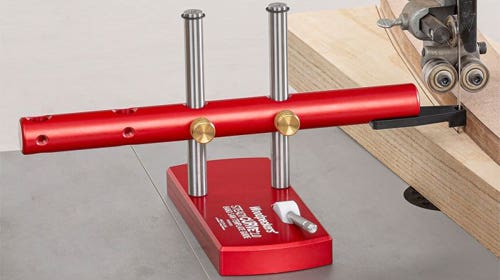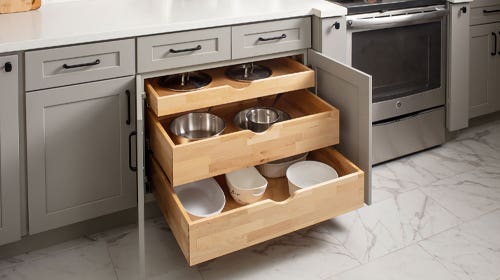Butternut supply continues to dwindle
Often referred to as “white walnut”, butternut [Juglans cinerea] has its own unique place in the hardwood market. It’s soft, easy to work with and can display a visually striking grain pattern that makes it an ideal pick for furniture…
Often referred to as “white walnut”, butternut [Juglans cinerea] has its own unique place in the hardwood market. It’s soft, easy to work with and can display a visually striking grain pattern that makes it an ideal pick for furniture projects. But with the butternut canker disease causing a rapid decline in the tree population, supplies are limited, according to suppliers interviewed by Woodshop News.
“The butternut canker is basically going to wipe out butternut nationwide, eventually. There’s butternut still up in northern Wisconsin, but where I am, there’s no butternut left,” says Michael Johnson of Johnson Creek Hardwoods in Mount Carroll, Ill.
“That isn’t to say I don’t have some because years ago I planted some butternut and I watched how quickly it grew. I thought I had died and gone to heaven. But after about 15 years, it all got the canker and died. But some of it was big enough, because it grows so fast, that we did get some nice lumber out of it. But otherwise, it’s gone in my area completely, and I think most of Illinois.”
Butternut canker has spread throughout much of the tree's range in the U.S and Canada. The rapid demise of the species has caused the U. S. Fish and Wildlife Service to declare the butternut "a species of concern," according to the Global Invasive Species Team at The Nature Conservancy.
“We don’t have anyone asking for butternut anymore. I think everyone just assumes that it’sgone,” says Johnson. "It’s got a gorgeous satin finish when you sand it and finish it, but people are just on to other things, like walnut and white oak.”
“It’s a great all-around wood,” adds Luke Zale of Rare Woods USA in Mexico, Maine. “It’s very porous so it does accept finish very readily. There’s a good amount of chatoyance in the species when you have a nice surface on it.
“We’ve carried (4/4) butternut for about four to five years now, and we had to resupply last year. It was awfully hard to find a good supply for butternut and when we did find it, it was sub-optimal. They were pretty narrow pieces that we were able to find, where most of the time a 6” width or more is preferred. Unfortunately, all we could find on the market though was 4” widths, so I do think that the supply has taken a downturn. We haven’t been able to find anything better than that in about a year or so.”
Originally published in the May 2025 issue of Woodshop News.






